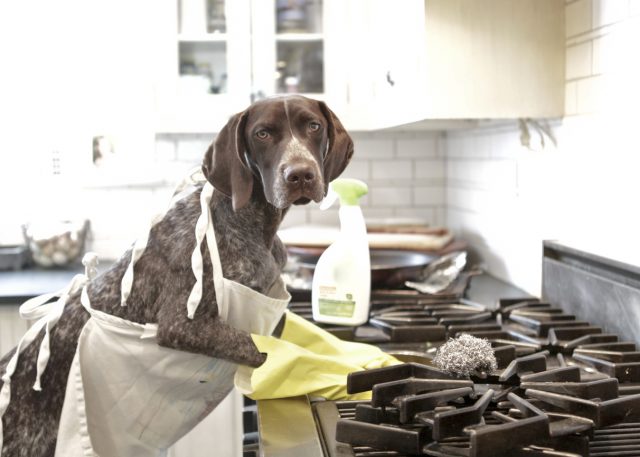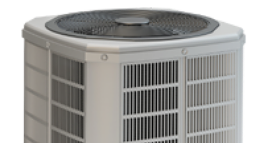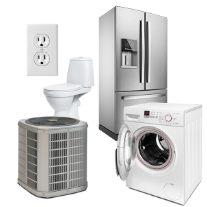Like all major appliances, the more you use it, the quicker it will wear out. How can you extend the lifespan of your oven and make common breakdowns (and costly replacements) less likely?
The key lies in routine maintenance. Here are a few ways to extend the lifespan of your oven.
Clean It (Don’t Use Self-Cleaning Features)
Cleaning your stovetop and oven is the easiest way to extend your oven’s lifespan. The easiest way to keep your oven clean is to sponge up spills right after they happen, rather than letting them dry and cake. Of course, sometimes you’ll have to wait until the oven cools. But this is still easier than waiting until grease and other elements build up. As spills accumulate, the oven—especially the heating elements—must to work harder to heat up. This also increases energy consumption.
Some ovens have a self-cleaning feature. We don’t recommend using it in lieu of cleaning it yourself if you want to extend your oven’s lifespan. Self-cleaning features tend to wear the oven out more quickly. This is because they force the oven to reach extremely high temperatures (more than 800°F) to burn away food particles. Self-cleaning ovens can also emit terrible-smelling and sometimes dangerous fumes, like Teflon fumes and carbon monoxide. In the worst cases, they can catch fire when in self-cleaning mode.
Clean the Oven Racks
Cleaning the internal oven racks is easy. Simply take out the racks, and either wash them by hand or put them in the dishwasher. Letting oven racks soak in hot, soapy water can make scrubbing congealed gunk easier for you. Consider washing your oven racks every 1–3 months.
Clean or Replace the Drip Pans
If your stovetop has drip pans, keep them clean the same way you clean your oven racks. For caked-on crusts, cover the crusts with distilled white vinegar for 30 minutes. Then, sprinkle baking soda on top of the vinegar and rub it into the crusts by hand. Let it sit for 15 minutes, then scrub. Repeat as necessary.
If your drip pans look old and grungy, replace them (they’re pretty cheap). If you have an electric oven, don’t wrap the drip pans in foil. This could short circuit the heating element.
Check Your Oven Door Gasket (Seal)
Next, check the door gasket (seal). The gasket keeps heat inside the oven and makes it more efficient. It also helps keep your kitchen a little cooler when you use the oven in the summertime.
If your gasket looks worn or cracked, or if you notice heat escaping from the edges of the door while the oven is on, you may need to replace your gasket. It’s a fairly simple fix. Here’s a video for how to replace a seal located on the oven cabinet, and here’s one for gaskets located around the oven door glass. Always remember to turn off the power to your oven before changing out the gasket.
Use a Surge Protector
Finally, if it’s an option, plug your oven into a surge protector. A sudden power surge could fry your oven. It’s a simple step that could extend the life of your oven for years.

Tip If You’re Buying an Oven
Companies that have been making home appliances the longest, like GE® and Whirlpool®, tend to make the most durable appliances. If you’re buying a new oven, established appliances companies continue to rank among the best manufacturers on the market.
Plus, homeowners who have a Home Warranty Service Plan through 2-10 Home Buyers Warranty (2-10) enjoy exclusive access to the 2-10 Appliance Discount Program, where you can purchase large and small appliances for impressive discounts.
Whether you’re buying an oven or the oven came with your house, here are some ways to extend its lifespan.
Properly maintaining your oven can extend its lifespan and save you money in the long run. But sometimes, even with proper maintenance, appliances break down. To protect yourself from breakdowns caused by routine use, consider purchasing a 2-10 systems and appliances home warranty. It can save you time and money, and protect you against the unexpected.









